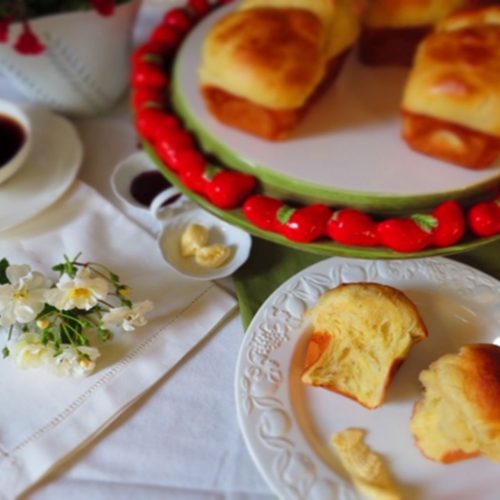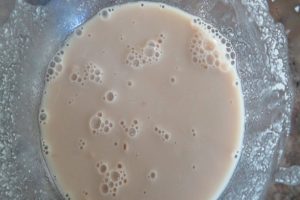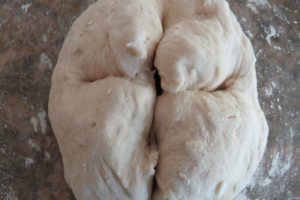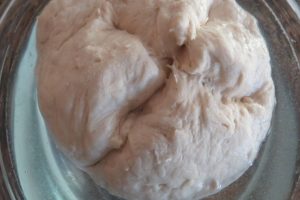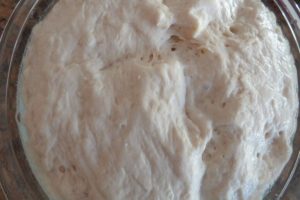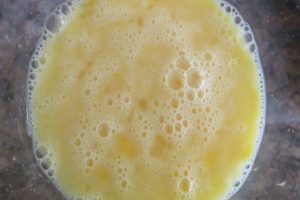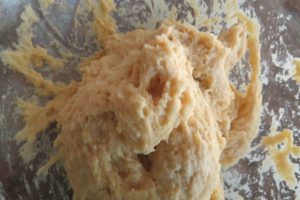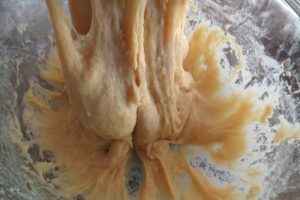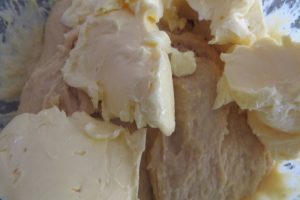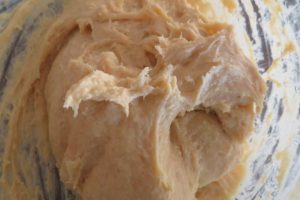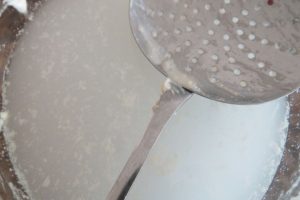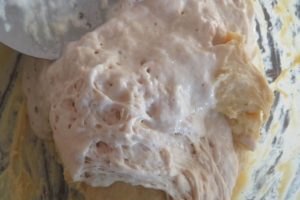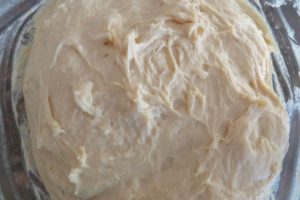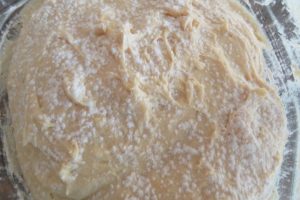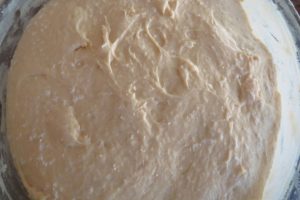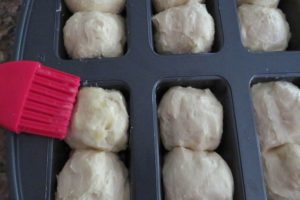Sweet Brioche Recipe
Pillowy, rich and fluffy French bread made with eggs, butter and milk
Equipment
- Oven
Ingredients
- 8 ounces bread flour
- ½ ounce active yeast
- 4-5 tbsp tepid water
- 2 tbsp caster sugar
- 1 tsp salt
- 2 eggs
- 3-4 tbsp whole milk
- 4 ounces unsalted butter
- 2-3 tbsp heavy cream with large pinch of salt for brushing
Instructions
- Sift the flour. Dissolve the yeast in water. Wait for about five minutes for the yeast mixture to bubble.
- Once the yeast mixture becomes frothy, add it to a fourth of the flour and make a small ball. Cut across the top of the ball so that the ball can rise.
- Drop the small ball into a large bowl of hot water. The water must just be hot enough for you to dip your fingers in. The temperature must ideally be between 105-1100F.
- Once the ball is double in size and has risen to the surface, it is ready to be folded into the dough later.
- In the meantime, take the rest of the flour in a bowl and make a well in the center. Beat the eggs, sugar, salt and the milk together with a fork.
- Pour the egg mixture into the flour and combine to form a dough.
- Knead the dough thoroughly until elastic. When you pull the dough apart, it should taper off to a thin ribbon that is translucent. The dough will be sticky but it must be shiny at this point.
- In another bowl or a stand mixer, cream the butter. Gradually work the butter into the dough.
- After kneading the dough with the creamed butter, the dough at this stage should be pliable and glossy.
- Drain the soaked sponge ball using a slotted spoon.
- Carefully, cut the sponge and fold into the dough. Fold in very carefully ensuring that the sponge if thoroughly combined with the dough.
- Knead the dough well into a large ball. Place in a greased bowl.
- Sprinkle on top with flour. Cover with a damp cloth and leave it in a warm place to rise at room temperature for about 2 hours.
- When the dough has doubled in bulk, knock it down, pull from the sides to the center. Turn it over and sprinkle again with flour. Cover with a damp cloth and refrigerate overnight for 8 hours.
- The following day, briefly knead the dough. Make small balls and place two per depression in the greased mini loaf tin. Let the brioche rise again for 20 minutes in a warm place. Brush with heavy cream mixed with salt or egg wash. Bake at 4250F for 15-20 minutes until golden brown.
Nutrition
Calories: 242kcalCarbohydrates: 22gProtein: 6gFat: 15gSaturated Fat: 9gPolyunsaturated Fat: 1gMonounsaturated Fat: 4gCholesterol: 77mgSodium: 313mgPotassium: 74mgFiber: 1gSugar: 1gVitamin A: 478IUVitamin C: 1mgCalcium: 23mgIron: 1mg

